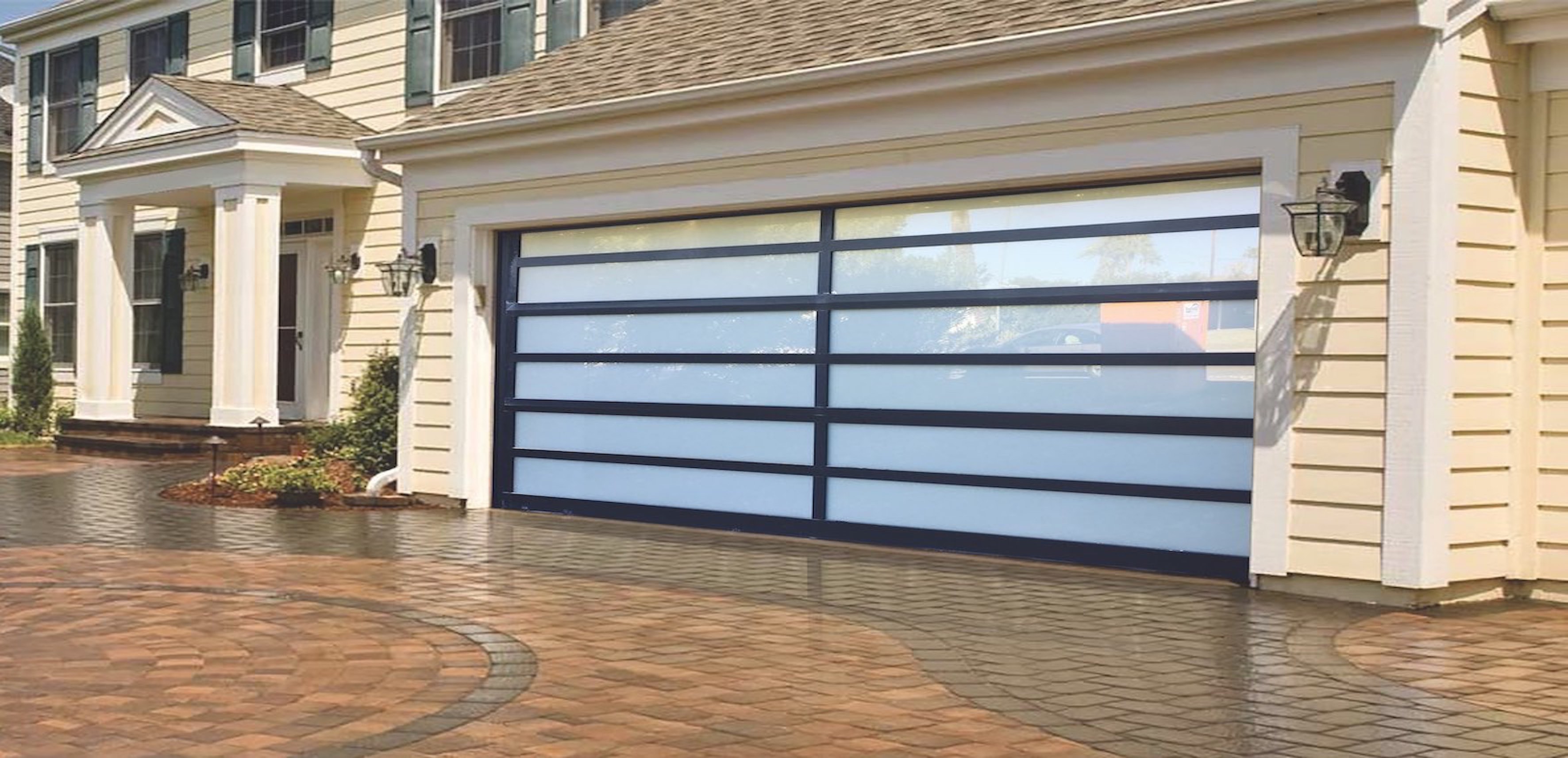Your garage door serves as a silent guardian – protecting vehicles, enhancing energy efficiency, and contributing up to 4% of your home’s resale value according to National Realtors Association data 1. With seven primary designs and five core materials dominating the market, this guide helps you navigate options tailored to your climate, budget, and architectural style.
Top 7 Garage Door Types for Modern Homes
Understanding garage door designs ensures you balance functionality with visual appeal.
- Sectional Garage Doors The most common choice in North America, these horizontal panel doors glide upward on tracks, folding neatly against the ceiling. Their popularity stems from:
- Space efficiency (no driveway obstruction)
- Insulation capabilities (R-values up to 18 with triple-layer cores 2)
- Material versatility (steel, wood, or fiberglass)
Installation costs range from $800-$4,000, with insulated steel models being ideal for attached garages in cold climates 34.

-
Tilt-Up/Canopy Doors A budget-friendly option ($400-$700 installed), these single-panel doors tilt outward but require 2-3 feet of driveway clearance. Best suited for detached garages in mild climates due to minimal insulation 5.
-
Side-Sliding Systems Using wall-mounted tracks instead of ceiling mechanisms, these save vertical space but demand 12-18 inches of unused wall area. Their lack of torsion springs reduces maintenance costs by 30% compared to sectional doors 37.
-
Carriage-Style Hinged Doors Mimicking historic barn doors, these outward-swinging models suit rustic farmhouses but require professional automation ($1,200+ for openers) if remote access is desired 3.
4 Key Garage Door Materials Compared
Your material choice directly impacts durability, maintenance, and climate resilience.
- Steel
- Lifespan: 20-25 years
- Best For: Cold climates (insulated models reach R-18)
- Drawback: Prone to salt corrosion in coastal areas Costs $650-$4,000 depending on thickness (24-gauge resists dents best) 94.
- Aluminum
- Lifespan: 15-20 years
- Best For: Coastal homes (rust-proof)
- Drawback: Dents easily in hailstorms
Lightweight nature makes it ideal for large double doors.

- Fiberglass
- Lifespan: 10-15 years
- Best For: Humid regions (resists warping)
- Drawback: Brittle in sub-zero temperatures Often paired with foam cores to boost insulation 1112.
- Wood Composite
- Lifespan: 15-20 years
- Best For: Arid climates (UV-resistant finishes)
- Drawback: Limited insulation (R-4 average) Offers wood aesthetics without annual sealing needs 9.
Matching Garage Door Styles to Home Architecture
A 2024 Houzz survey revealed 62% of buyers prioritize exterior aesthetics, making style coordination crucial:
- Traditional Homes: Raised-panel steel doors complement colonial and ranch designs. Opt for neutral tones like sandstone or chocolate brown 14.
- Modern Homes: Flush aluminum panels with vertical glass inserts enhance contemporary lines. Chicago homeowners often choose black matte finishes for industrial flair 14.
- Rustic Homes: Carriage-style doors with crossbeam details pair with stone facades. Faux wrought iron hardware adds vintage charm 1.

Smart Technology Advancements
Modern garage systems now integrate with home automation through:
- Wi-Fi Openers: Receive real-time alerts if doors close unexpectedly ($300-$800 upgrade 4)
- Battery Backups: Maintain operation during 90% of power outages
- AI Obstruction Sensors: Detect objects/pets with 99% accuracy, preventing accidents 18

Regional Climate Considerations
Material performance varies dramatically by location:
- Northeast: Insulated steel (R-12+) prevents heat loss
- Southeast: Fiberglass withstands 80%+ humidity without corrosion
- Southwest: Wood composite resists UV damage better than vinyl
- Coastal Zones: Aluminum survives salt spray 3x longer than steel 12.

Cost-Saving Strategies
- Standard Sizes: 9x7 ft doors cost 25% less than custom sizes
- DIY Kits: Save $200-$500 on installation for basic tilt-up models
- Off-Season Sales: January installations often include 10% discounts 421
Maintenance Essentials
- Springs: Replace every 7 years (20,000 cycles)
- Sensors: Clean monthly with microfiber cloth
- Lubrication: Apply silicone spray to rollers every spring/fall

A Minneapolis homeowner shared: "After our steel door’s spring failed during a -20°F winter, we switched to professional maintenance plans. Five years later, no issues despite polar vortices." 7
Final Recommendations
Prioritize climate-appropriate materials, measure your garage opening precisely, and consult installers about smart home integration. Whether choosing a $400 tilt-up door for storage sheds or a $10,000 custom wood design for luxury estates, align your investment with long-term functionality and regional weather patterns.



